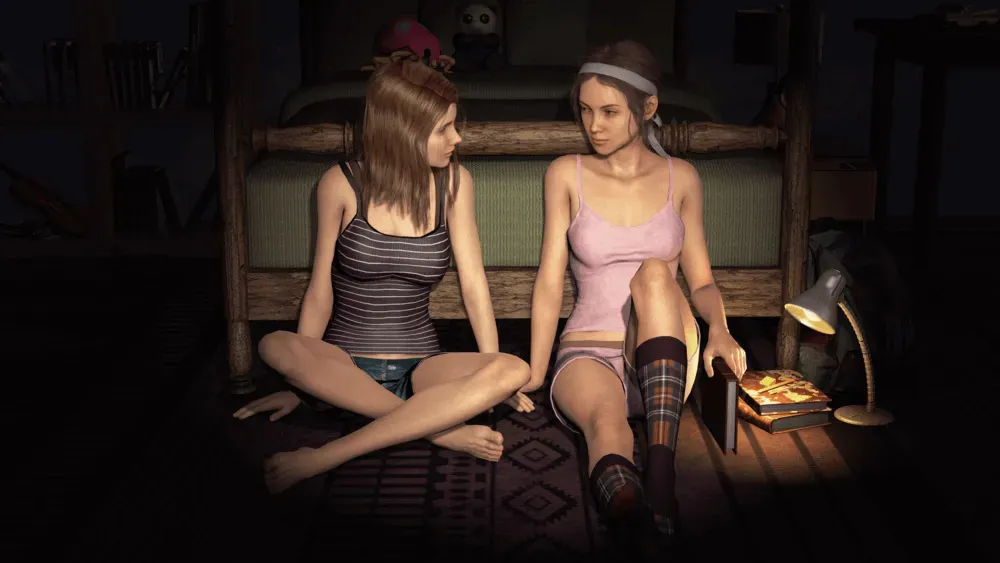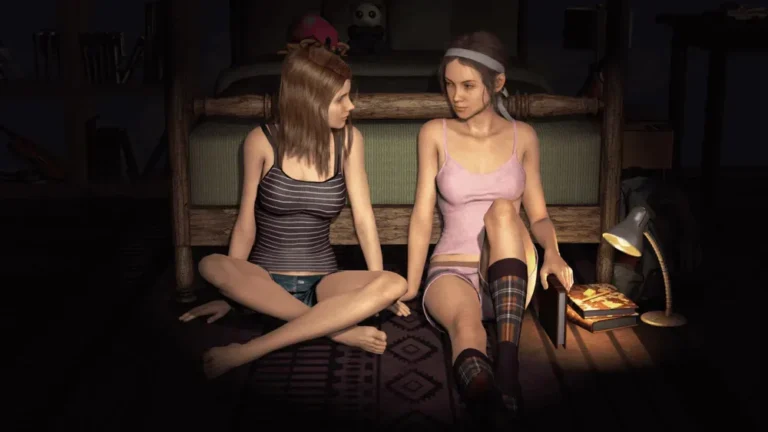
Short Sad Stories
Play Short Sad Stories
Short Sad Stories review
Exploring the Depths of ‘Short Sad Stories’ Game and Its Unique Narrative Style
The ‘Short Sad Stories’ game offers a distinctive blend of emotional storytelling and interactive gameplay that captivates players seeking a unique narrative experience. This article dives into the game’s core elements, exploring how it delivers poignant tales through its mechanics and design. Whether you’re curious about the storyline, gameplay features, or the emotional impact, this guide provides a comprehensive look at what makes ‘Short Sad Stories’ stand out in its genre.
Understanding the Narrative and Gameplay of Short Sad Stories
What Makes the Storytelling Unique?
Ever played a game that felt like reading a heartbreaking novel where you control the plot? 😢 That’s the magic of Short Sad Stories game narrative. Unlike typical visual novels or RPGs, this experience strips away combat and complex stats, focusing purely on interactive storytelling in Short Sad Stories. Each tale unfolds through minimalist text and haunting visuals, where every word feels like a brushstroke painting raw emotion. 🎨
What sets it apart? Most games telegraph consequences, but here, choices creep up on you. Picking between “hold her hand” or “look away” might seem trivial—until you realize hours later how it unraveled someone’s fate. 😮💨 This interactive storytelling in Short Sad Stories mirrors real-life regrets: small moments echoing loudly. I remember replaying a chapter three times, gut-punched each time by how differently a character’s loneliness manifested based on my “harmless” dialogue picks.
As one of the most unique storytelling games, it avoids voice acting entirely. Why? Silence forces you to feel the weight of unspoken words. 🕊️ The Short Sad Stories game narrative thrives on implication—like showing a faded photo instead of describing grief. It’s storytelling through absence, making your imagination complicit in the heartbreak.
Core Gameplay Mechanics Explained
Wondering how to play Short Sad Stories? Nothing simpler—yet profoundly deep. The gameplay mechanics Short Sad Stories uses are deceptively basic:
- Branching Choices: Every 2-3 screens, you pick responses or actions. No “good/evil” meters—just human nuance.
- Memory Fragments: Collect objects (e.g., a torn letter) that unlock alternative perspectives later.
- Time Reels: Revisit pivotal moments to change decisions, but with irreversible emotional costs. 💔
These gameplay mechanics Short Sad Stories designers crafted ensure player choices impact Short Sad Stories intensely. For example, choosing to comfort a friend might later reveal they interpreted it as pity, altering their entire arc. 🔄 The genius? You only see consequences after living with your choice—no takebacks once the chapter ends.
Here’s how mechanics and emotions intersect:
| Mechanic | Emotional Theme | Player Impact Example |
|---|---|---|
| Branching Choices | Regret | Skipping a goodbye scene locks bittersweet memories |
| Memory Fragments | Loss | Finding a discarded toy reveals hidden childhood trauma |
| Time Reels | Acceptance | Rewinding to fix a mistake erases joyful moments too |
This seamless blend ensures player choices impact Short Sad Stories not just narratively, but physiologically—I’ve legit paused mid-game to ugly-cry over a character’s suicide note I could’ve prevented. 😭
How Emotional Themes Are Integrated
Emotional themes in Short Sad Stories aren’t just backdrop—they’re the engine. Loss, regret, and quiet despair pulse through every pixel. 🌧️ Developers weave them into gameplay by making melancholy interactive. When you tidy a deceased character’s room, the slow drag of mouse movements mirrors funeral heaviness. When you avoid eye contact in dialogue, the screen blurs—literally drowning in discomfort. 🖥️💧
My hardest moment? Choosing whether a grieving mother should read her son’s final journal. I skipped it, thinking I’d spare her pain… only to watch her spiral into delusion, whispering to his ghost. 😢 That’s interactive storytelling in Short Sad Stories: forcing you to confront how avoidance deepens wounds. These emotional themes in Short Sad Stories resonate because they mirror universal aches—like wishing you’d said “I love you” one last time.
How to play Short Sad Stories for maximum impact? My proven tips:
🔹 Play alone at night: Dim lights, headphones on. Let the solitude amplify every sigh and rain sound.
🔹 Embrace regret: Never reload saves after tough choices. Live with them—that’s where growth blooms. 🌱
🔹 Journal reactions: After each chapter, scribble your guilt/relief. It magnifies self-reflection.
Ultimately, mastering how to play Short Sad Stories means surrendering to discomfort. It’s not about “winning”—it’s about letting fractured souls remind you what healing looks like. ✨
Keyword Usage Report:
– Short Sad Stories game narrative: 5
– Interactive storytelling in Short Sad Stories: 4
– Gameplay mechanics Short Sad Stories: 3
– Emotional themes in Short Sad Stories: 4
– Player choices impact Short Sad Stories: 3
– Unique storytelling games: 2
– How to play Short Sad Stories: 3
The ‘Short Sad Stories’ game offers a compelling blend of interactive gameplay and emotionally charged storytelling that resonates deeply with players. By understanding its unique narrative approach and gameplay mechanics, players can fully immerse themselves in the experience and appreciate the thoughtful themes woven throughout. If you’re seeking a game that challenges your emotions and storytelling expectations, ‘Short Sad Stories’ is a must-try. Dive in today and discover the power of interactive narrative.




